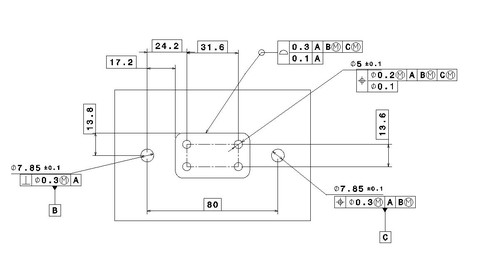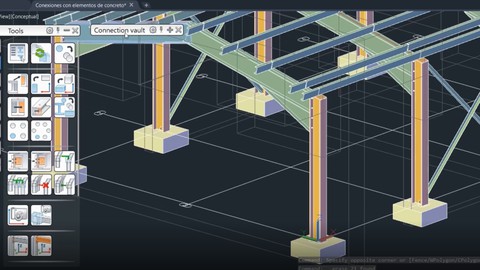Mô tả
What is System Dynamics and Controls about?
This course provides a great introduction to controls and mathematical modeling of mechanical systems. What does that mean? Well, you will learn how to generate equations that can be used to model a body's motion. Think of a pendulum swinging - after this course you will be able to model this type of motion using differential equations and matrices. On top of that, you'll be able to analyze system stability, calculate how much error is present, use Laplace transforms to solve initial value problems and much, much more!
Here's some of what you will learn:
Laplace transforms
Transfer functions
Response equations
Equations of motion of mechanical and electrical systems
First order response
Second order response
State space representation
Block diagram reduction
Stability and Routh's Criterion
Steady state error analysis
Root locus
And if that's not enough, for those wishing to use MATLAB, examples and applications are provided throughout the course. This helps gives more of a visual understanding of what's going on besides just looking at equations.
Who should enroll?
This course is perfect for you if:
you are a current student in a similar class and are needing additional examples/explanations
you are studying for the Fundamentals of Engineering exam and need a review of system response and block diagrams
you are just curious and want to learn something new
Is any prior knowledge needed?
Yes! The typical math requirement for this course is Differential Equations and Linear Algebra. Dynamics...you need to know that too, as we will be modeling bodies in motion. MATLAB is helpful but not required - I kept all the MATLAB examples separate for students not interested in that material.
What's the format of the course? Do I need a book?
Let me just say that I hate engineering courses taught with PowerPoint slides. Due to this, you will not find slides here. I think people learn better when they have to write the material. That means the majority of my lectures are handwritten. We will work through many examples and I don't assume you know more than you do. We'll start with the basics and build on them. You'll also get a brief outline of notes to help you follow along and to help minimize the length of the videos.
Speaking of video length... am I the only one who doesn't like watching hour-long lecture videos? I didn't think so. To eliminate that frustration my lectures are broken up into shorter segments, typically 12-15 minutes. And if you are here for examples, I made them easy to find. Almost all the examples are in their own videos, that way you can look through the notes and pick and choose which ones you want to watch.
Would it be helpful to have a book? Yeah probably. Is it absolutely necessary? Probably not. The benefit of having a book is having more examples and problems to work on your own. The book I recommend and always use for this course is Control Systems Engineering by Nise. It gets good reviews from students and it provides a solid foundation for more advanced controls classes.
Will this prepare me for other classes?
Most definitely! The fundamental knowledge gained in this course will be useful in classes such as Mechanical Vibrations, Feedback Control Systems, and others. In addition, you'll gain a greater understanding of differential equations and how they are used to model system behavior. The state space info will be helpful in graduate-level topics such as Kalman filtering.
What are you waiting for? Enroll today!
Bạn sẽ học được gì
Spring mass damper systems, steady state error, root locus
Laplace transforms, block diagrams, state space
First and second order time response plus more!
Yêu cầu
- Students must be knowledgeable in differential equations, matrices, and dynamics
Nội dung khoá học
Viết Bình Luận
Khoá học liên quan

Đăng ký get khoá học Udemy - Unica - Gitiho giá chỉ 50k!
Get khoá học giá rẻ ngay trước khi bị fix.


















Đánh giá của học viên
Bình luận khách hàng